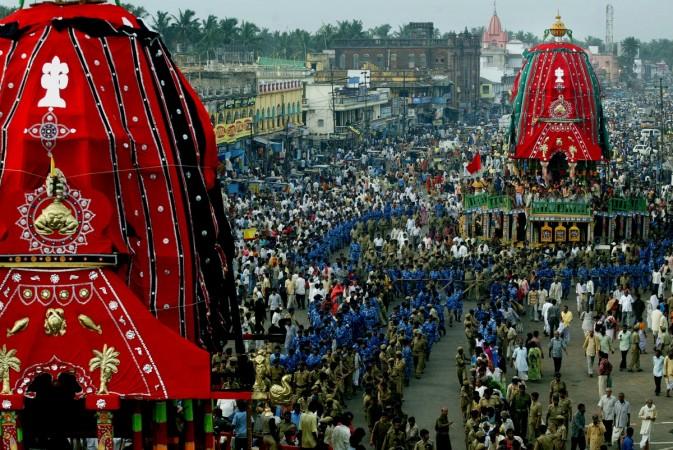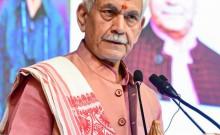
Taking the "go cashless" drive to God, public sector lender State Bank of India (SBI) installed a point of sales (PoS) machine to enable digital payment of donations at the Lord Jagannath Temple in Puri, Odisha.
The first donation was made by SBI chairperson Arundhati Bhattarcharya.
Traditionally, donations at temples are made in cash and jewellery; at some places, devotees also donate foreign currencies.
Some of the prominent temples that are famous for huge donations are the Tirupati (Balaji) temple in Andhra Pradesh, Meenakshi temple (Madurai) in Tamil Nadu, Golden temple (Amritsar) in Punjab and Siddhvinayak temple (Mumbai) in Maharashtra.
The Modi government has been urging many organisations and Indians to shun cash in transactions and adopt other modes such as cards, mobile payments, electronic fund transfers and e-wallets. This is also being seen as a move towards a more transparent and clean economy, as part of which Prime Minister Narendra Modi announced a decision to demonetise high-value currencies.
The decision sparked a wave of protests by opposition parties, apart from forcing people to stand in long queues to deposit the invalid notes. The last date for depositing the old Rs 500 and Rs 1,000 notes is December 30 with banks. Post that, the old notes can be exchanged at designated offices of the Reserve Bank of India till March 31, 2017.
#SBIForCashlessEconomy, Lord Jagannath Temple goes digital and SBI Chairman Smt. Arundhati Bhattacharya makes the 1st donation at SBI POS. pic.twitter.com/uVJ9Gz8tT0
— State Bank of India (@TheOfficialSBI) November 30, 2016

















